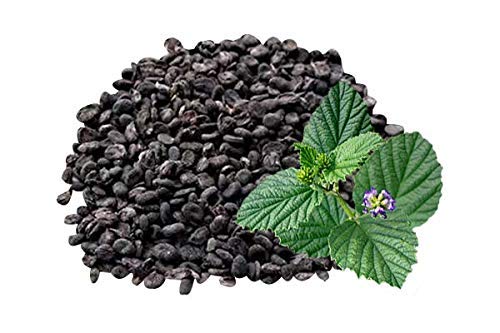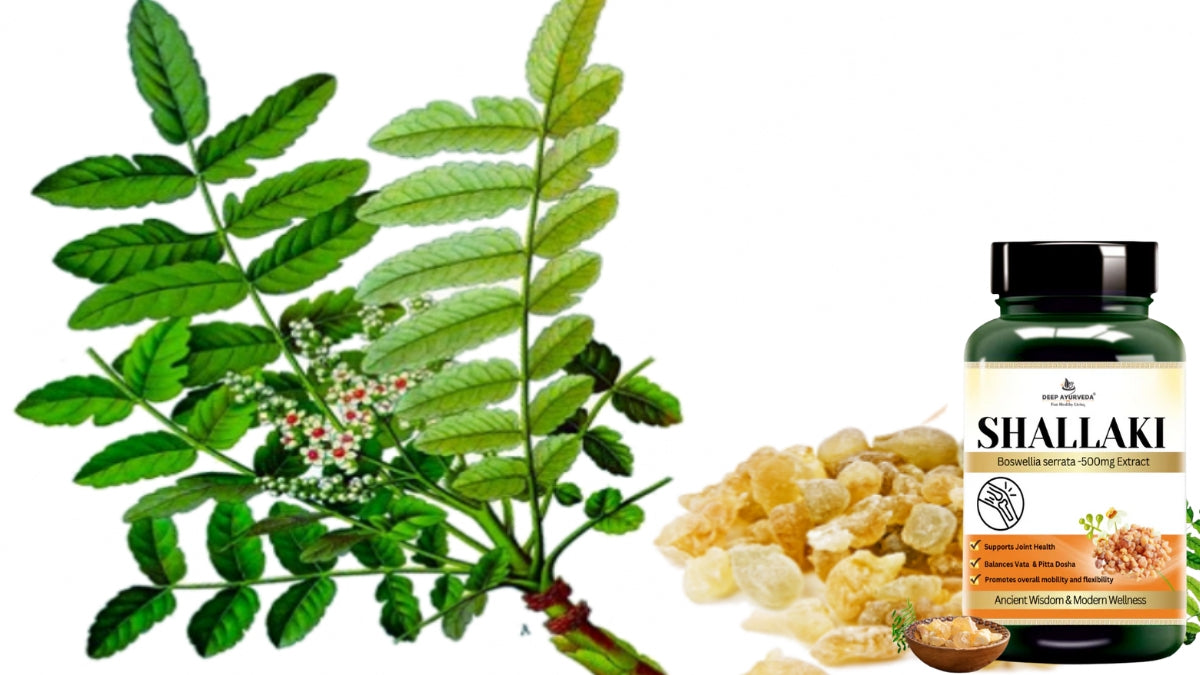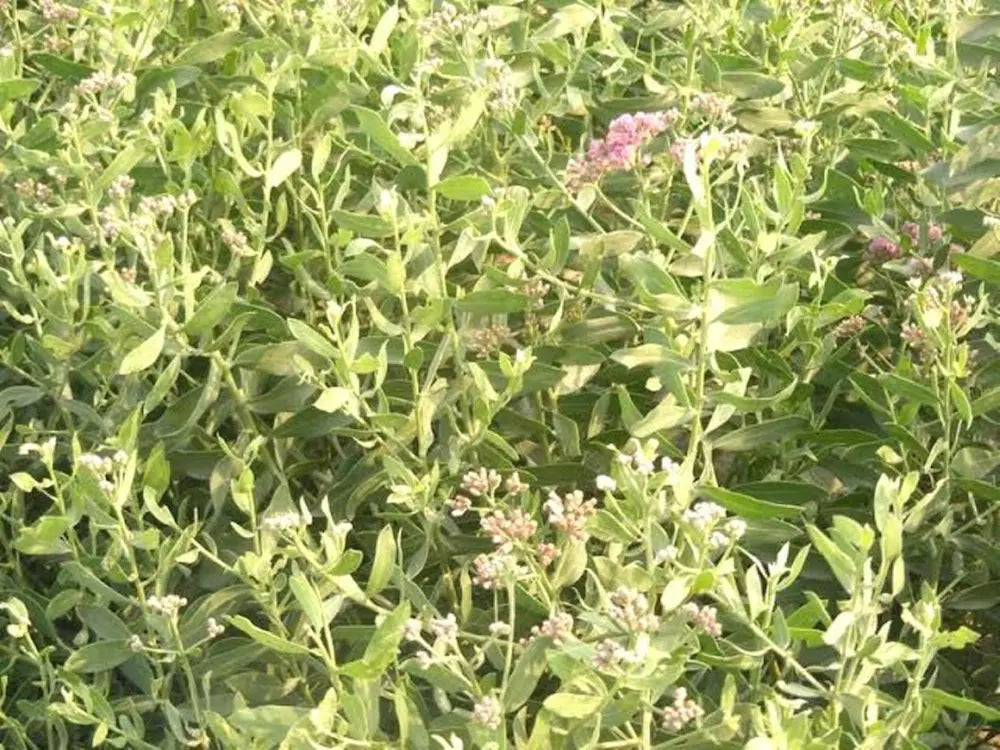If you talk to any Ayurvedic practitioner or even elders in Indian families, you’ll often hear one herb being praised again and again—Bakuchi. It is one of those herbs that has been used for centuries, especially for skin health, yet today, modern skincare companies are discovering its benefits all over again.
But what makes Bakuchi so special?
Why has Ayurveda always considered it a powerful herb for healing?
Let’s explore everything in detail.
What is Bakuchi?
Bakuchi (botanical name: Psoralea corylifolia) is an Ayurvedic medicinal plant known mainly for its seeds, which have the ability to support skin healing, immunity, and pigmentation.
In Ayurveda, Bakuchi is known as a herb that can:
- improve skin complexion
- support melanin production
- fight infections
- rejuvenate the skin naturally
Even today, skincare brands use bakuchiol, a natural compound extracted from Bakuchi seeds, as an alternative to retinol.
So yes—Bakuchi is ancient, but surprisingly modern.
Bakuchi Names:
People across India know Bakuchi by different names:
| Language | Name |
|---|---|
| Hindi | Bakuchi / Babchi |
| Sanskrit | Kushtanashini |
| Tamil | Karpokarishi |
| Telugu | Bavanchi |
| Marathi | Kavali |
| Gujarati | Bavchi |
Traditional Importance of Bakuchi in Ayurveda
Bakuchi is mentioned in several classical Ayurvedic texts such as:
- Charaka Samhita
- Sushruta Samhita
- Bhaishajya Ratnavali
Ayurveda calls it:
“Kushtanashini” — meaning destroyer of skin disorders.
Ayurvedic Properties of Bakuchi
Rasa (Taste): Pungent, Bitter
Guna (Quality): Light
Virya (Potency): Hot
Vipaka (Post-digestive effect): Pungent
Prabhava (Special effect): Supports melanin production
In the Simple words: Bakuchi is warm, light, and very effective in stimulating skin healing and balancing Kapha + Vata.
Nutritional & Phytochemical Profile of Bakuchi
Bakuchi seeds contain several powerful natural compounds:
Psoralen – helps melanin formation
Bakuchiol – anti-aging, anti-acne
Flavonoids – antioxidant
Coumarins – antimicrobial
Essential oils – nourish and protect skin
Omega fatty acids – support skin repair
This combination makes Bakuchi one of nature’s best skin-care herbs.
Top Benefits of Bakuchi

1. Bakuchi for Skin Pigmentation
This is where Bakuchi truly shines.
✔ Helps your skin produce melanin
Psoralen in Bakuchi activates the pigment-producing cells.
✔ Supports gradual repigmentation
Ayurvedic doctors use it in skin conditions like:
Vitiligo
White patches
Uneven pigmentation
✔ Works well with mild sunlight
Traditional therapy includes Bakuchi oil + sunlight exposure for a few minutes.
Note:
Bakuchi is not a miracle cure. It works slowly and naturally.
2. Helps in Eczema, Psoriasis & Other Skin Disorders
Bakuchi has strong:
antibacterial
antifungal
skin-soothing
properties.
It supports:
reducing redness
calming irritation
healing cracked skin
preventing flare-ups
No wonder Ayurveda named it Kushtanashini.
3. Natural Anti-Aging Herb (Bakuchiol Benefits)
Bakuchiol, extracted from Bakuchi seeds:
reduces fine lines
boosts collagen
improves skin texture
is gentler than retinol
prevents acne
Modern skincare brands now add bakuchiol to serums and creams because it works like retinol without the side effects.
4. Supports Liver & Kidney Health

Ayurveda explains that Bakuchi helps:
remove toxins
improve metabolism
support liver functions
A healthy liver = better skin + better digestion.
5. Improves Immunity Naturally

Bakuchi seeds contain compounds that help the body:
fight infections
prevent bacterial growth
manage fungal skin issues
It acts like a natural protector.
6. Supports Joint & Bone Strength

Bakuchi helps with:
swelling
stiffness
weak bones
joint pain
It is used in several classical Ayurvedic formulations.
Best Forms of Bakuchi Used Today
Bakuchi Oil
Most popular form
Used for skin pigmentation
MUST be diluted before use
Bakuchi Powder (Churna)
Used in internal treatments
Always taken with medical advice
Bakuchi Capsules/Tablets
Easy for daily routine
Controlled dosage
Bakuchiol Skincare Products
Serums
Moisturizers
Creams
Face oils
These modern forms make Bakuchi easier to use.
How to Use Bakuchi

Here’s the safe and correct way to use it.
1. For Skin Pigmentation
Method:
Take Bakuchi oil
Mix it with coconut oil or sesame oil
Apply on affected area
Expose to mild sunlight for 5–10 minutes
Stop immediately if irritation appears
Always dilute Bakuchi oil
Because the herb is hot in nature.
2. Internal Use (With Caution)
Traditional dosage:
1–3 grams Bakuchi churna
Usually taken with honey or ghee
Must be taken under Ayurvedic doctor’s supervision.
Side Effects & Precautions
Even natural herbs must be used safely.
Can cause skin irritation if used undiluted
Avoid long exposure to sunlight after application
Do not apply on broken skin
Internal use requires guidance
Not recommended during pregnancy
People with sensitive skin should patch-test
Think of Bakuchi like fire: powerful, but must be handled properly.
Who Should Avoid Bakuchi?

Pregnant women
Breastfeeding mothers
People with super-sensitive skin
Those with severe sun allergies
Anyone taking photosensitive medications
Conclusion
Bakuchi is one of Ayurveda’s most respected herbs—especially for skin health.
FAQs
1. Is Bakuchi good for vitiligo?
Yes, Ayurveda uses Bakuchi for vitiligo and white patches to support melanin production.
2. How long does Bakuchi take to work?
Results vary. Some people see improvement in 2–3 months, some take longer.
3. Can I apply Bakuchi oil directly?
No. Always dilute it.
4. Is Bakuchi safe for daily use?
External diluted use is generally safe. Internal use must be supervised.
5. Is Bakuchiol the same as Bakuchi?
No. Bakuchiol is an extract used mainly for anti-aging skincare.







